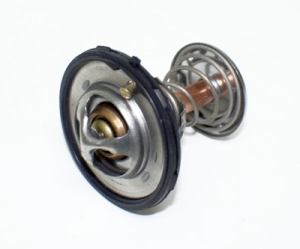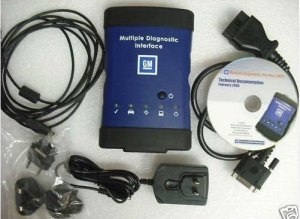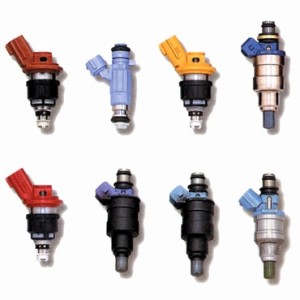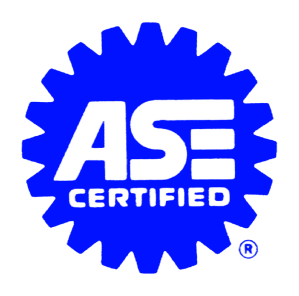This is the final installment on our Fall Tune-Up/Winterizing series! You can find Part I & Part II here.
Pt. III – Belts, Hoses, and Filters
By now, you have a better understanding of your cooling system, including the thermostat and coolant functions. But what about the parts relatively exposed to the elements under the hood?
To carry coolant between the radiator and the engine, you have a series of hoses located between the two. These hoses are usually made of a type of rubber that allows for continuous exposure to heated fluids.

However, over time, like all other forms of rubber, it can wear from use and exposure to different elements such as moisture and humidity.
Typically, it takes a good amount of time for these hoses to wear out, but it’s fairly simple for a technician to check and ensure that they’re still functional.
Speaking of rubber parts that can wear due to regular use and exposure to moisture, what about the belts connecting different components under the hood? Without proper functionality, those systems affected could cause your vehicle to be inoperable.
Also, it’d be a good idea to have a trained technician look at your air filter, cabin air filter, and fuel filter to make sure they’re clean; and replace those have become clogged or dirty.
Speaking of cabin air, what about the cabin heating system? As the weather gets cooler, a heater might be useful to keep you warm, and should be inspected by a trained technician to ensure it is operating properly.
All of the items covered in this series, including Part I & Part II should be addressed by a trained technician, and we at Haley Buick GMC can provide these services at a reasonable cost to keep your vehicle on the road and money in your wallet.






